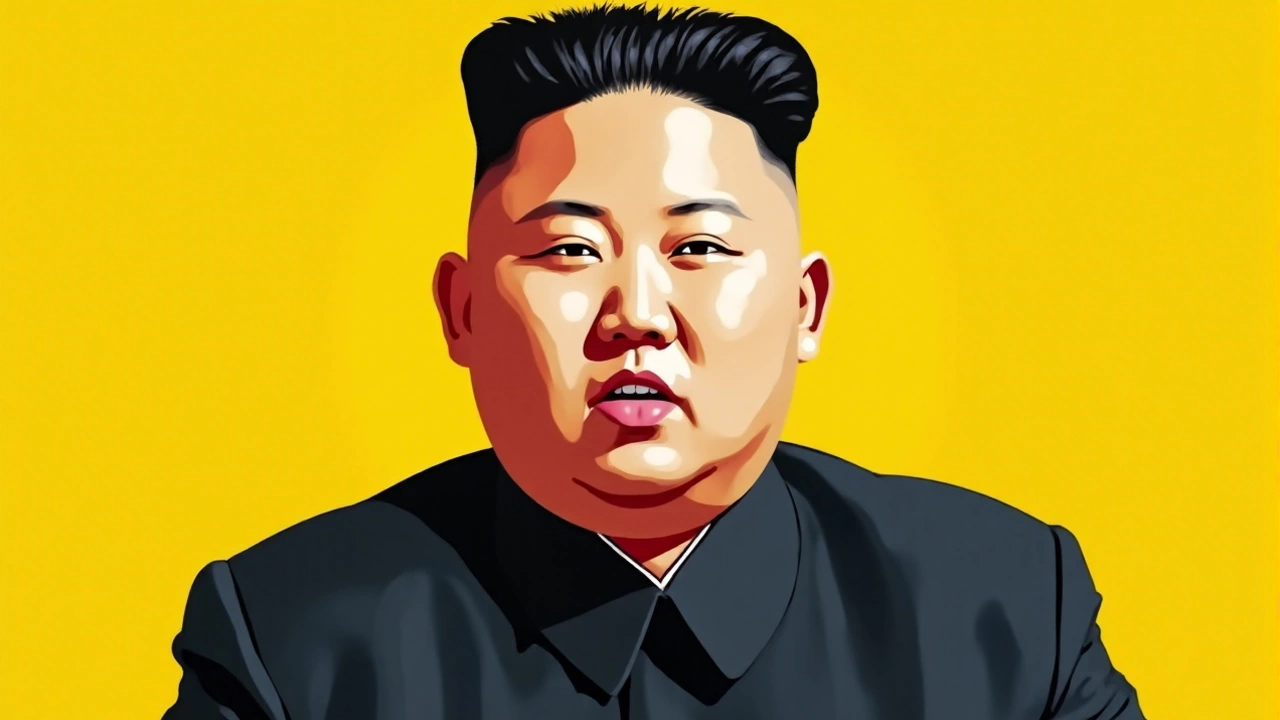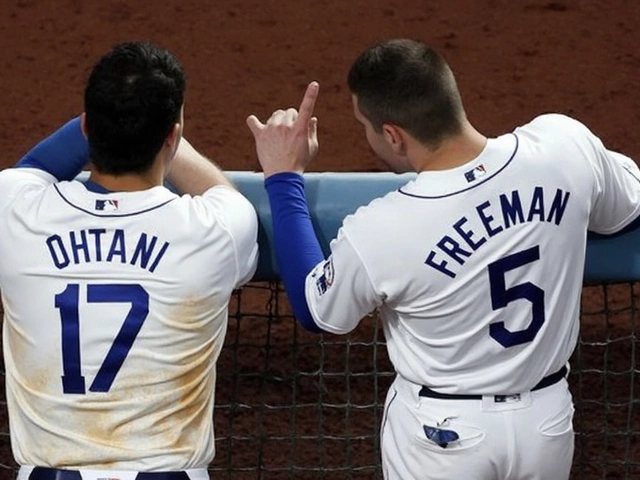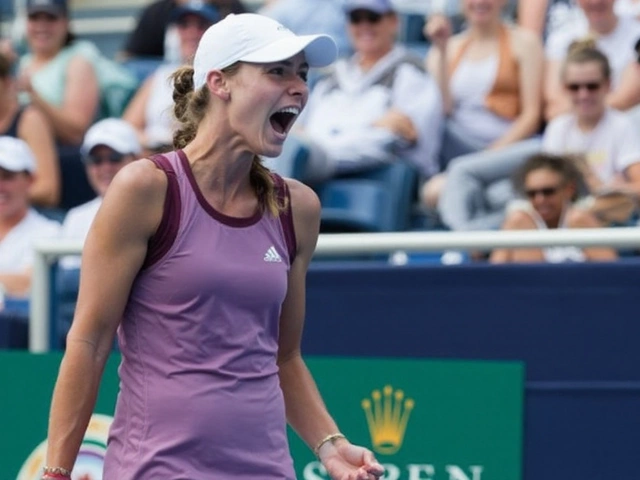Anti-U.S. alliance on display as Putin and Kim join Xi at China military parade
Three leaders, one message: a new axis of leverage against Washington
Three men on one reviewing stand sent a message that didn’t need subtitles. Vladimir Putin and Kim Jong Un stood alongside Xi Jinping at a Chinese military parade, an image that underlined how far Moscow, Pyongyang, and Beijing have moved toward each other as pressure from Washington and its allies has grown.
The event, built to project China’s military confidence, doubled as a stage for political alignment. The choreography mattered: Putin, fighting a grinding war in Ukraine; Kim, under heavy sanctions and hungry for technology and energy; and Xi, casting China as the anchor of an alternative power center. Put together, the optics said what statements often tiptoe around — this is a tighter, more public alignment aimed at restraining U.S. reach.
North Korea’s Foreign Ministry said Kim was “enveloped in an atmosphere of the warmest friendship,” a line meant to show this isn’t just protocol. It’s personal politics, too. Putin and Kim have traded visits and praise over the past year, and Xi and Putin declared a “no-limits” partnership in 2022. The parade made that triangle visible, in a capital that prizes signals as much as substance.
The display lands in a specific context. Since Russia’s invasion of Ukraine, China-Russia trade has hit record levels, according to Chinese customs data, with energy flows rerouted east and Chinese goods keeping parts of Russia’s economy moving. U.S. officials say Chinese firms have helped supply dual-use machine tools and components that feed Russia’s defense industry, which Beijing denies. Washington has also accused Pyongyang of sending artillery shells and missiles to Russia; satellite imagery and shipping data cited by U.S. and allied governments point to thousands of containers moving since last year. Moscow and Pyongyang reject claims they’re violating UN restrictions, but the traffic has not gone unnoticed.
For each capital, the payoff looks different. China wants leverage in a long contest with the United States and a calmer eastern flank as it manages a slowing economy and tricky ties with Europe. Russia needs munitions, markets, and symbolism to break isolation. North Korea seeks fuel, food, cash, and technology to advance its nuclear and missile programs — and the stature that comes from standing next to giants.
What the parade showed was less about any single weapon and more about narrative: long-range reach, dense air defenses, and industrial scale. It told domestic audiences that strength is intact and rising. It told foreign ones that sanctions and pressure have pushed these governments closer, not pulled them apart. In that sense, the optics were the message.
Former U.S. President Donald Trump also weighed in on the images, underscoring how the scene has already jumped into America’s political debate. In Washington, current officials are focused on practical risks: deeper arms transfers, technology sharing, and the potential for coordinated pressure on U.S. alliances in Asia.
What this alignment means — and what to watch next
Calling the trio an alliance is still a stretch. There’s no NATO-style treaty, and their interests don’t always line up. China wants stability for trade; Russia courts disruption to sap Western unity; North Korea plays brinkmanship to win concessions. Even so, their short-term goals converge on blunting U.S. power and reshaping rules they see as biased. The parade signaled they’re comfortable showing that convergence in public.
Security planners in Tokyo and Seoul now face a harder map. Japan has rebuilt its defense posture faster than at any time in decades. South Korea, the U.S., and Japan have tightened missile defense drills and real-time data sharing since 2023. Those moves were already underway; the Xi-Putin-Kim tableau will only reinforce them.
At the UN, China and Russia have blocked or diluted new sanctions on North Korea since 2022 and criticized broader penalties on Russia. That has left enforcement uneven and pushed the U.S. and Europe toward more aggressive secondary sanctions aimed at banks, logistics companies, and suppliers that touch Russia’s war economy. Expect more pressure on financial nodes in Asia that handle gray-market trade.
Russia and North Korea have taken a step further. In June 2024, Putin and Kim signed a treaty billed as a strategic partnership with mutual-defense language. It formalized a bond that had already grown through shipments and visits. If Moscow starts sharing higher-end missile, submarine, or satellite know-how — something the U.S. and South Korea say they fear — the security balance on the Korean Peninsula could change fast.
China is the bigger variable. Beijing says it does not transfer lethal aid to Russia and insists it wants talks in Ukraine. But it benefits from a weakened, dependent Russia next door and from the narrative that Western sanctions don’t decide everything. Balancing those two aims — cushioning Moscow without triggering a broad financial backlash — is the line Chinese leaders keep walking.
The economic picture matters as much as the military one. Russia has rerouted oil, coal, and metals east; North Korea relies on covert trade and aid to get through sanctions and natural disasters; Chinese manufacturers sell into Russia as European and U.S. brands pull back. If U.S. and EU authorities tighten controls on chips, machine tools, and maritime insurance, the cost of this triangle rises. But as long as there’s profit and political cover, many middlemen will test the limits.
For the three leaders, the stagecraft itself was a win. Putin gets proof he’s not a pariah. Kim gets rare, high-profile validation abroad. Xi gets to host and frame the moment — signaling that China sits at the center of a broader bloc, even if it isn’t a formal one.
What should governments and markets watch next?
- Arms flows: More evidence of North Korean ammunition or short-range missiles heading to Russia, and any hint Russia is paying back with military technology.
- Financial pressure: New rounds of U.S. and European secondary sanctions on Chinese and other Asian intermediaries supporting Russia’s defense base.
- Military drills: Expanded joint exercises by China and Russia near Japan, or coordinated activities that complicate U.S.-Japan-South Korea planning.
- North Korea testing: Long-range missile launches or a satellite attempt that hints at outside technical help.
- UN dynamics: Further breakdown of Security Council consensus on North Korea, making sanctions even harder to enforce.
The parade put a fine point on a trend years in the making. It’s not a treaty-bound club, but it is a working partnership built on shared grievances and useful trade. For Washington and its allies, the challenge is to shore up deterrence, keep supply chains tight, and avoid pushing hesitant countries into choosing sides. For Beijing, Moscow, and Pyongyang, the bet is that time, and friction in Western politics, will work in their favor.
In that sense, the image of Xi, Putin, and Kim on one platform told a simple story. The world is edging toward more blocks of power and fewer shared rules. How fast that shift moves — and how rough it gets — now depends on what each side does after the cameras leave the parade ground and the stadium lights go dark. That’s the part that won’t play out on TV, but it will matter more than the show.
Whether this alignment hardens into a formal pact or remains a flexible partnership, the parade crystallized a phrase that has hovered over the last two years: an emerging anti-U.S. alliance. The stakes will be measured not just in missiles and tanks, but in bank wires, shipping routes, and the choices of countries trying to stay out of the churn.





